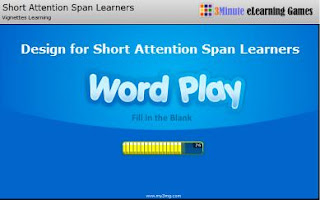
The Vignettes series shows you a brief, concise, yet provocative and reflective learning approach. Your learners are taken through the “relate-interpret-apply process” within real-life scenarios to fire up reflection and interaction that generates deeper learning through experience sharing.
This week, we take a look at the case of a company production manager tasked with investigating a supervisor who may or may not be guilty of age discrimination. It poses the question of when a remark or question can be equated with discrimination. For new and inexperienced managers – even for existing ones who have biases – it can be tricky when facing decision-making tasks especially when it comes to selecting the right person for a job.
Where do we draw the line between the ability of someone to perform a job requirement and age? Can certain assumptions about job requirements possibly ignore basic employee rights? Click here to view "Is Age a Problem?"
How to Use the Vignette
While the situation presented is specific, this vignette covers a wide range of topics to include conflict-resolution, work ethics and other management-related issues. Use this vignette to spark learner interest in your training session, show it as part of your lessons or utilize it as post-training test. Face-to-face, eLearning or webinar, this vignette is intended to push your learners to the EDGE.
Vignettes are stirring and powerful stimuli for classroom training, eLearning activities as well as social learning communities.Click here to preview “Is Age a Problem?”
Next week’s featured vignette, “If There is Booze”, shows the situation of Bill, a manager who is faced with two opposing beliefs regarding after-office gatherings. Mahad, one of his team members, can not drink or even sit at a table where alcoholic drinks are served. Carlo, another team member, on the other hand, insists that he has a right to have his booze even if it could mean that Mahad will not be able to join the celebration. How should Bill handle this situation? How should he promote respect for both team members’ beliefs and rights? When does a belief become a right? Is there a compromise in sight?
Join us and let us know how you like the vignettes. We sincerely appreciate your thoughts. If you have any suggestions, improvements or topics of interest to you, please let us know.
Ray Jimenez, PhDVignettes Learning"Helping Learners Learn Their Way"






